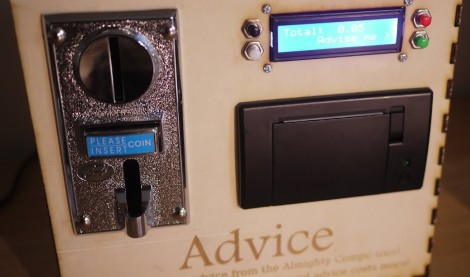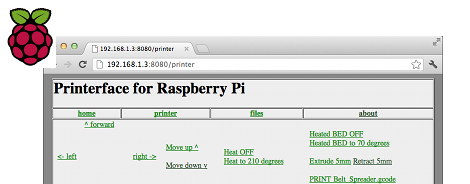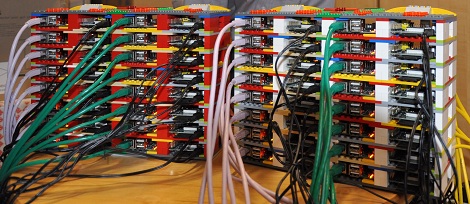 What you see here is a Raspberry Pi shoehorned into a power strip. The idea is to leverage the power and low-cost of this board into a stealthy network observation device. It packs a similar punch as the Power Pwn but should cost at least $1100 less!
What you see here is a Raspberry Pi shoehorned into a power strip. The idea is to leverage the power and low-cost of this board into a stealthy network observation device. It packs a similar punch as the Power Pwn but should cost at least $1100 less!
The fact that when you plug your Ethernet into this ‘surge protector’ it starts sniffing your traffic doesn’t really scare us. It’s the mains wiring that traverses the RPi itself that’s a bit unnerving. Call us overly-protective, but we like to see some shielding between our high-voltage and low-voltage components. But that aside, the rest of the hack is pretty solid. That item wrapped in electrical tape is a power converter for the board itself. It’s not shown here, but the NIC is patched into the surge protector’s RJ-45 connector. The one thing that might be nice to include is a WiFi nub so that you can access the strip wirelessly. This would open the door for other snooping items, like a small microphone.
















